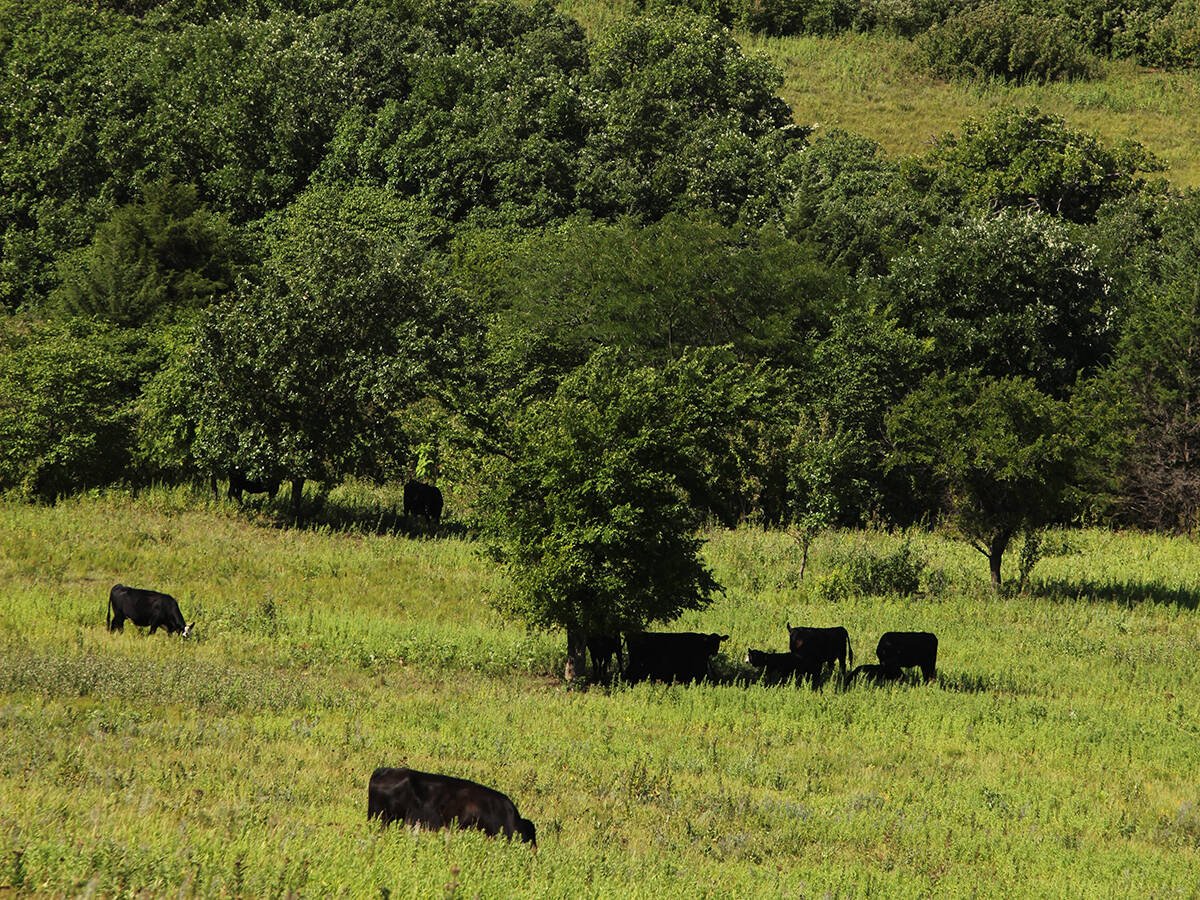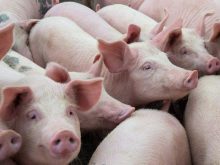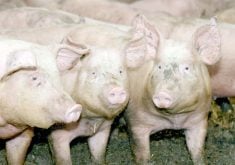A change in animal import regulations could make it easier for some American states to ship livestock to Canada.
The Canadian Food Inspection Agency has more flexibility to allow animals into the country but permits and quarantines have not been eliminated.
“If you needed a permit before, you still need a permit now,” said Debbie Barr of the agency.
The system is called regionalization and it examines specific areas in the United States to see if they have the same animal health status as Canada.
Read Also

Beef cattle more prone to trace mineral deficiencies
The trace mineral status of our cows and calves is a significant challenge for western Canadian producers and veterinarians.
“The new regulations allow us to evaluate a state or a group of states and see if they have a health status different from the status of the U.S. as a whole,” said Barr.
For example, a disease-causing parasite may live in Florida but it is not found in the Dakotas because it cannot survive the northern climate. Therefore, a region like North Dakota would have less difficulty exporting animals to Canada.
“Whereas the entire U.S.’s status is not quite the same as the Canadian status with respect to some diseases of cattle, maybe the status of an individual state could be, or could be considered a lower risk than some of the states further south,” she said.
In addition, an assessment is done for each species. Therefore, standards set for cattle are not the same as those for deer.
“Each species has its own particular set of hazards such as diseases, parasites and bacteria that they are susceptible to,” she said. The inspection agency wants to know what controls are in place in each state as well as conditions of the disease.
Of all species, dogs are the easiest to import from the U.S. because rabies is the disease of primary concern. As long as the dogs carry proof of vaccination, they may enter the country.
Other species are more complex.
The prevention of foreign diseases, such as foot-and-mouth, come under a different set of regulations.
“If you were to get a foreign animal disease here, then your foreign animal disease protocol would kick in. Practically speaking, trade stops. Your goal is to minimize how long trade stops for.”
For the cattle industry, a move toward regionalization could resolve some of the trade irritants expressed by northern states like Montana.
The Montana Stock Growers Association argues that Canada uses health rules to keep American cattle out of the country. During its recent summer meeting, the association resolved to continue pressure to have the rules eased.
Canada is concerned about tuberculosis, brucellosis, bluetongue and anaplasmosis. The latter two are caused by a mite carried by insects that cannot survive the winter, so Canada allows feeder cattle to freely enter the country from October to March from Washington, Idaho, Montana, North and South Dakota as well as New York.
The regulations also ease the paperwork on imports from Hawaii and Alaska because they have been free of brucellosis and tuberculosis for a long time, said Ben Thorlakson, past-president of the Canadian Cattlemen’s Association. Those two states have never had bluetongue and anaplasmosis.
Some northern states want to send cattle to Canada on a year-round basis. However each state must take the initiative to produce proof of its health status in co-operation with the U.S. department of agriculture.
“If they generate the appropriate data on disease prevalence for anaplasmosis and bluetongue, and if their prevalence is low enough to be consistent with our low risk, then they could move cattle in without any tests,” Thorlakson said.















